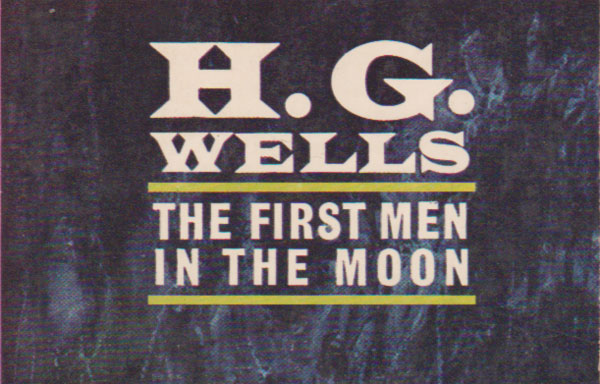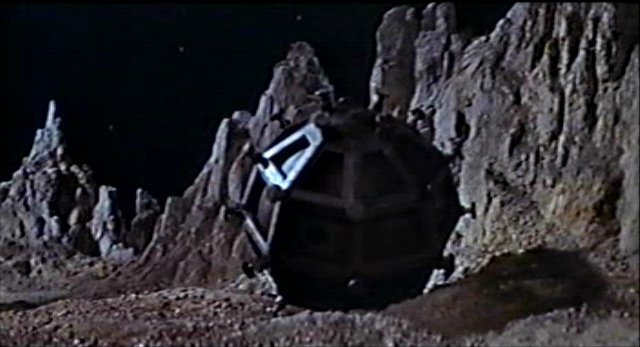
It was originally serialised in The Strand Magazine from December 1900 to August 1901, and first published in hardcover in 1901 by George Newnes. So why didn't Armstrong and later astronauts find the evidence of all this? Well, according to broadcasts by Cavor over the newly-discovered radio technology, he told the Selenites too much about mankind, and apparently, they removed the welcome mat! (Summary by Mark)įor further information, including links to online text, reader information, RSS feeds, CD cover or other formats (if available), please go to the LibriVox catalog page for this recording.įor more free audio books or to become a volunteer reader, visit . The First Men in the Moon is a science fiction novel written by the British author H. While Bedford is frightened by them and bolts home, Cavor stays and is treated with great respect. The First Men in the Moon tells the story of a journey to the Moon undertaken by the two protagonists: a businessman narrator, Mr. What they found was fantastic! There was not only air and water, but the Moon was honeycombed with caverns and tunnels in which lived an advanced civilization of insect-like beings. Cavor, grew to believe in his researches, helped him build a sphere for traveling in space, and then partnered with him in an expedition to the Moon.

Bedford, who narrates the tale, tells of how he fell in with eccentric inventor Mr. He's a man with an extraordinary story of how, way back in 1909, he got to the Moon first, and, together with the eccentric Professor. July 1969, and as the world waits with bated breath for the Apollo astronauts to land on the Moon, a young boy meets 90-year-old Julius Bedford.

Smith.īritain won the Moon Race! Decades before Neal Armstrong took his "giant leap for mankind" two intrepid adventurers from Lympne, England, journeyed there using not a rocket, but an antigravity coating. Mark Gatiss's adaptation of HG Wells's science fiction classic. LibriVox recording of The First Men in the Moon, by H.G.


 0 kommentar(er)
0 kommentar(er)
